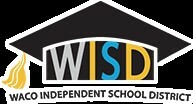Visioning






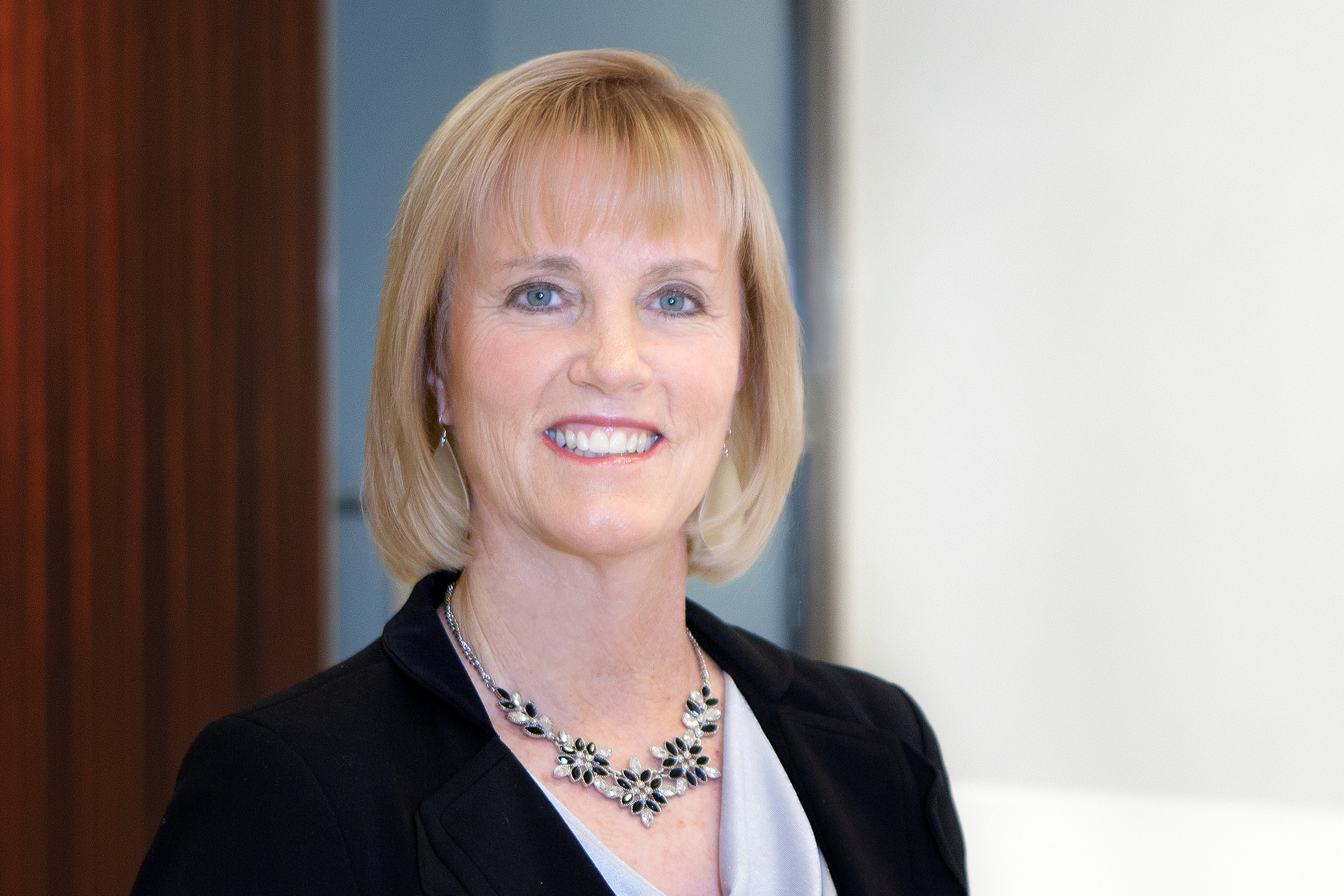
Marilyn’s 25-year education career includes serving as a principal and assistant superintendent and opening innovative campuses utilizing inquiry-based learning — experiences that proved the importance of BOLD in the successful transition into any new environment. Through this work, she has applied her doctoral research in educational leadership to inspire leadership growth, personalized learning, and innovative designs across the nation.
Educational Learning Designer
Tim is an educational learning designer who works with design teams and clients to ensure teaching and learning objectives are met. He supports school districts across the country in developing high impact, engaging, and innovative learning environments. Tim is a 30-year education professional, spending the last 10 years as superintendent. He has demonstrated successful leadership at the district level, most recently for Yorkville CUSD 115, where he managed a wide range of planning and implementation programs across the district.
Educational Learning Designer
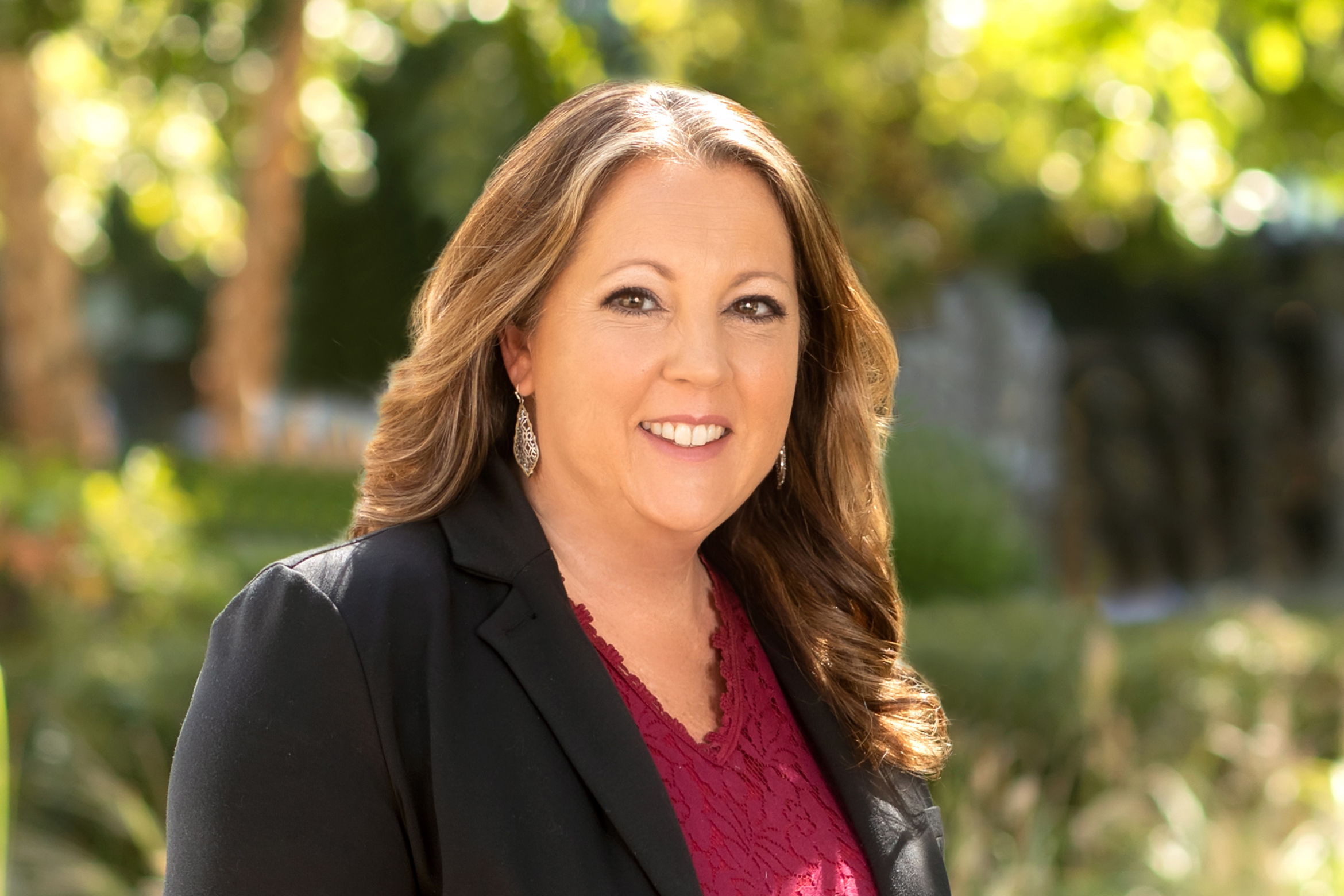
Amanda brings excitement and energy along with expertise in the internal curriculum workings of schools. She is the former managing director of strategic initiatives with a focus on school transformation for a district serving more than 70,000 students and more than 73 schools. Her background includes overseeing teaching and learning, opening new schools, and building shared knowledge at central office around district vision.
Educational Learning Designer
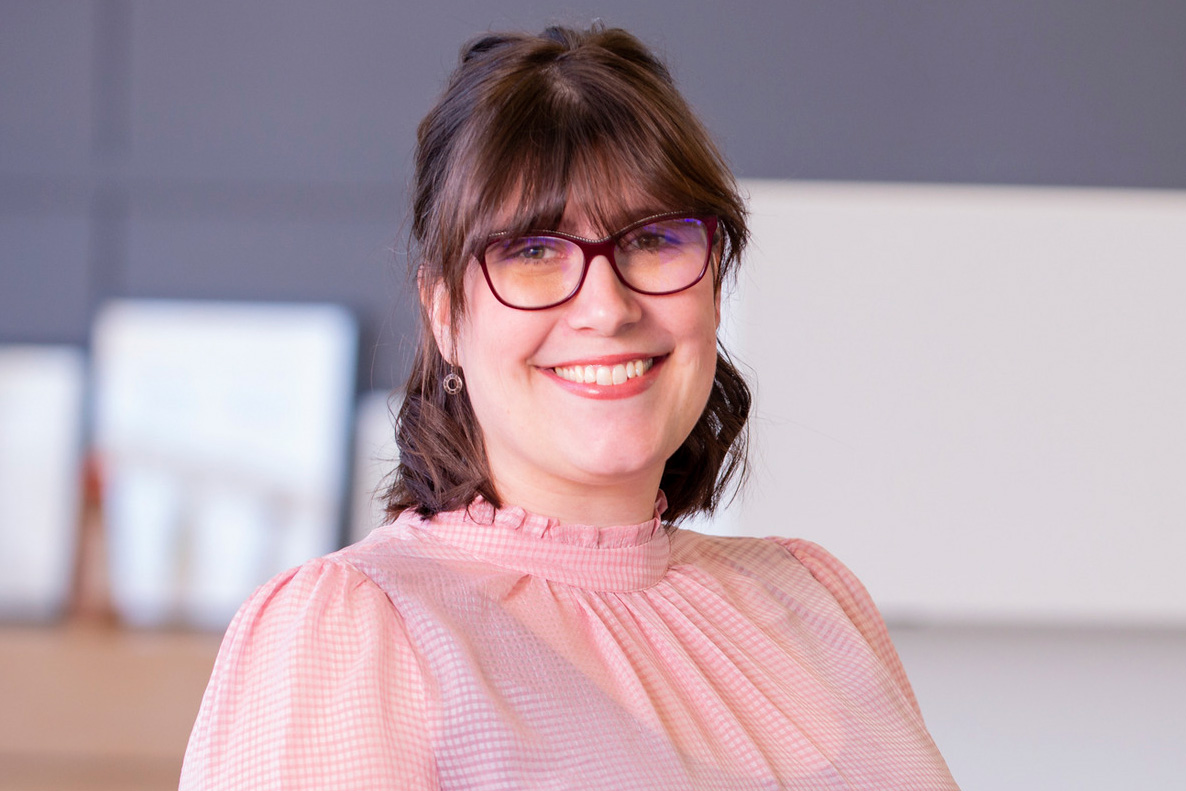
Laura Beth is an architect who works exclusively with the K-12 Education team, supporting systems development and stakeholder engagement to ensure design excellence for all clients. Prior to pursuing professional licensure, she spent a year working as a paraprofessional with a blind student, an experience that instilled a passion for individual student care and K-12 education design.
Architect
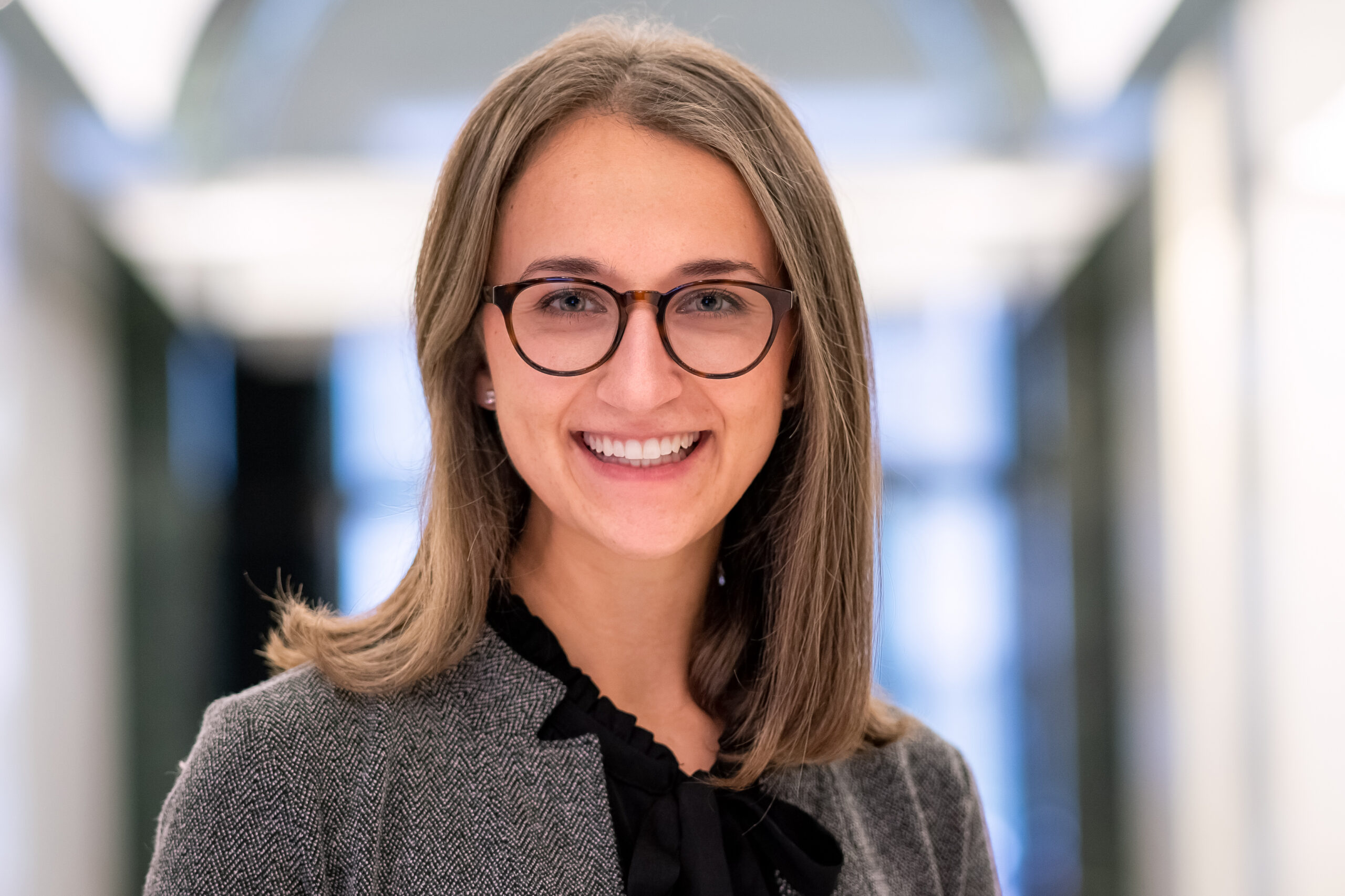
Jillian is passionate about the connection between humans and their environment. Her goal on each project is to tailor unique solutions in the built environment that support the total well-being of all inhabitants. As an Interior Designer, Jillian supports educators in exploring and learning about the opportunities available with new furniture to improve learner engagement and outcomes. She thrives on the opportunity to translate her client’s passions and visions into reality.
Interior Designer
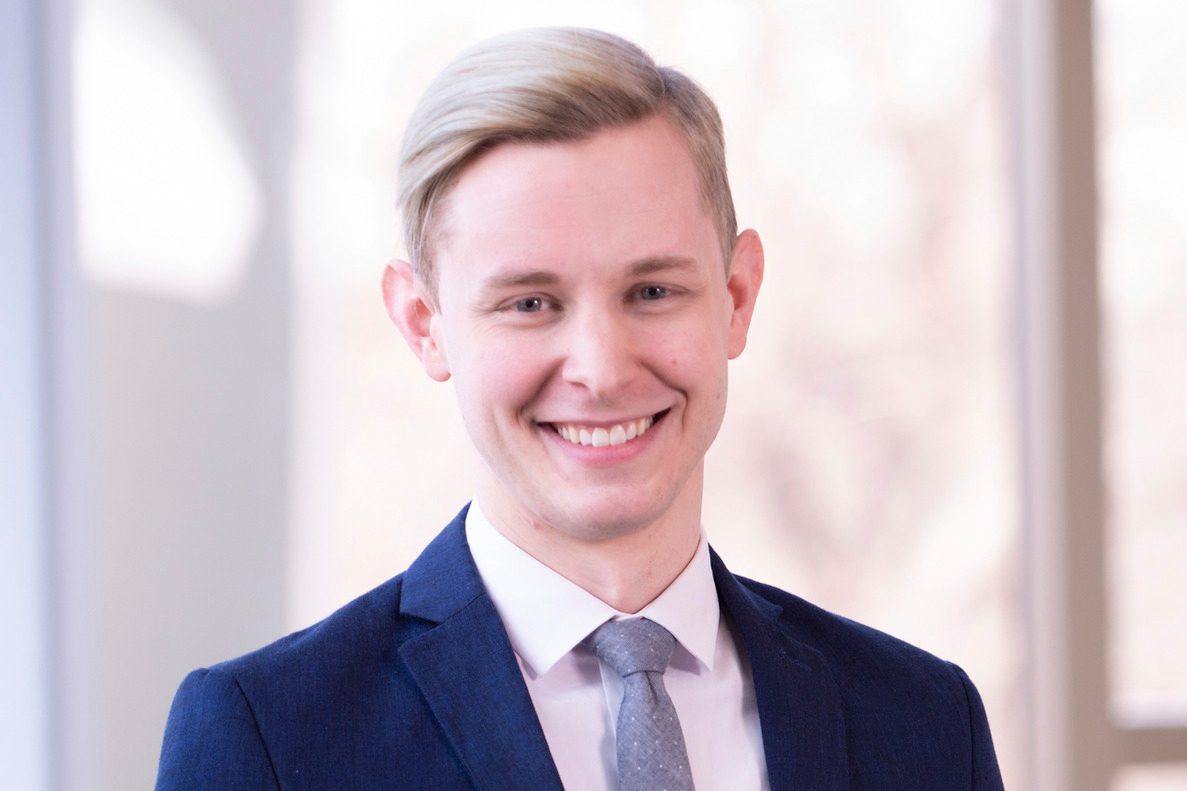
Ian is a multifaceted designer specializing in K-12 education projects. He designs innovative solutions for communities across the country with experience ranging from early learning centers to high schools. Ian is passionate about creating future-ready learning environments that inspire student engagement and support the diverse physical, neurological, and social needs of both learners and educators.
Design Leader





